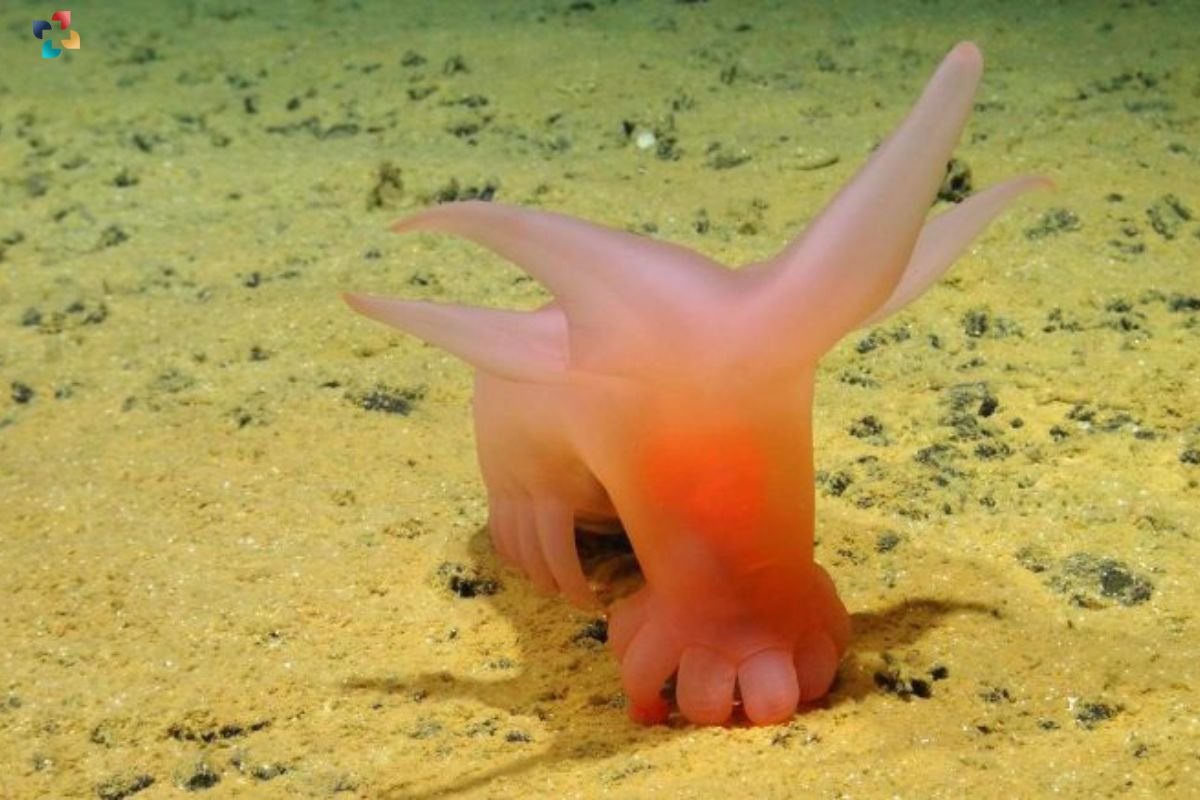Source-IAS-Gyan
In a remarkable journey of exploration, scientists aboard the British research vessel James Cook have uncovered a trove of previously unknown speciesin the Abyssal Plains of the Pacific Ocean. Conducted over 45 days, the expedition focused on the Clarion Clipperton Zone, a remote area stretching between Mexico and Hawaii. Among the team was marine ecologist Thomas Dahlgren from the University of Gothenburg and the NORCE research institute, who emphasized the significance of their findings.
“The Earth’s least explored areas hold immense secrets. It’s estimated that a mere fraction of the species residing in these depths have been documented by science,” Dahlgren remarked, highlighting the vastness of the unknown territories beneath the waves.
Discoveries in the Depths
The expedition delved into the Abyssal Plains, vast expanses of the ocean floor lying at depths ranging from 3,500 to 5,500 meters. Despite their obscurity, these regions host a diverse array of life forms, uniquely adapted to the harsh conditions. Filter feeders like sponges and sediment feeders such as sea cucumbers dominate this ecosystem, surviving on sparse nutrients drifting down as marine snow from the surface.
Utilizing advanced technology including remotely operated vehicles (ROVs), the researchers captured images and samples of the deep-sea inhabitants. Among the notable discoveries was a cup-shaped glass sponge, believed to hold the record for the longest lifespan of any known creature, enduring up to 15,000 years in these depths. Additionally, the team encountered the enigmatic pink sea pig, a species of sea cucumber from the genus Amperima, renowned for its slow movement across the desolate plains in search of sustenance.
“These sea cucumbers play a vital role as cleaners of the ocean floor, expertly scavenging for nutrient-rich sediments,” explained Dahlgren, underscoring the importance of these organisms within the ecosystem.
Balancing Conservation and Exploration
The expedition’s significance extends beyond scientific curiosity, as the findings hold implications for future conservation efforts and resource extraction. With plans for deep-sea mining looming, particularly for metals essential to green technologies, understanding the delicate balance of this ecosystem becomes paramount.
“Our aim is not only to document existing species but also to assess the potential impacts of mining activities on this fragile habitat,” Dahlgren emphasized. “With only 30% of these marine areas currently protected, it’s imperative to ascertain whether these measures are sufficient to safeguard these species from the brink of extinction.”
The Abyssal Plains, despite their name, are anything but uniform, harboring a complex landscape of ridges and seamounts. Yet, beneath the surface lies a world of stark contrasts, where life thrives amidst nutrient scarcity, sustained by the meager offerings of marine snow and occasional nutrient influxes from the depths above.
As humanity ventures deeper into these uncharted territories, the need for responsible stewardship of these fragile ecosystems becomes ever more apparent. Through endeavors like the James Cook expedition, we unravel the mysteries of the deep, while also confronting the ethical dilemmas posed by our quest for knowledge and resources in the abyssal realms of the ocean.
Visit The Lifesciences Magazine For More.







